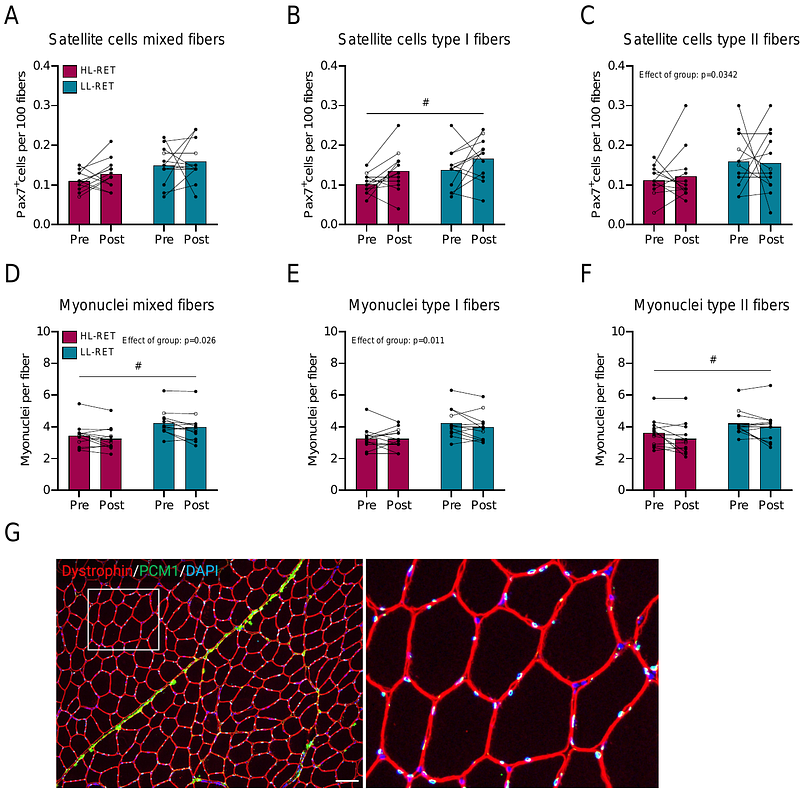Comparable Strength and Hypertrophic Adaptations to Low-Load and High-Load Resistance Exercise Training in Trained Individuals: Many Roads Lead to Rome

Comparable Strength and Hypertrophic Adaptations to Low-Load and High-Load Resistance Exercise Training in Trained Individuals: Many Roads Lead to Rome
Toldnes Cumming, K.; Elvatun, I. C.; Kalenius, R.; Divljak, G.; Raastad, T.; Psilander, N.; Horwath, O.
AbstractThe muscular and myocellular adaptations to low-load resistance exercise training (LL-RET) remain incompletely understood, particularly in the trained state. The primary aim of this study was to examine adaptations to an LL-RET regimen and compare these to a high-load training regimen (HL-RET). Fourteen resistance-trained males and females (26.4 {+/-} 4.4 years) participated in a 9-week RET program (twice per week). Using a within-subject design, each individual trained one leg with HL-RET (3-5 repetitions), and the other with LL-RET (20-25 repetitions), all sets performed to volitional failure. Pre- and post-intervention, muscle endurance, maximal strength, and muscle thickness using ultrasound was assessed. Muscle biopsies were analyzed for fiber type composition, fiber cross-sectional area (fCSA), and satellite cell- and myonuclear content using immunofluorescence. The training regimens led to comparable increases in maximal strength in multi-joint movements (21%), but not in single-joint movements were HL-RET was superior. LL-RET induced superior improvements in local muscle endurance (9% vs -2.7%, p=0.013). Regardless of training regimen, muscle thickness increased by ~7.4% at the mid-thigh site and ~8.5% at the distal site pre- to post-intervention. However, no changes were observed in fiber type composition or fCSA. Satellite cell content increased by ~25% in type I fibers, independent of training regimen, but no changes were noted in myonuclear content. Here we novelly show that LL-RET can replicate many aspects of HL-RET leading to similar increases in both muscle hypertrophy and strength. Our study thus supports the notion that comparable adaptations to RET can be achieved using distinct loading regimens.